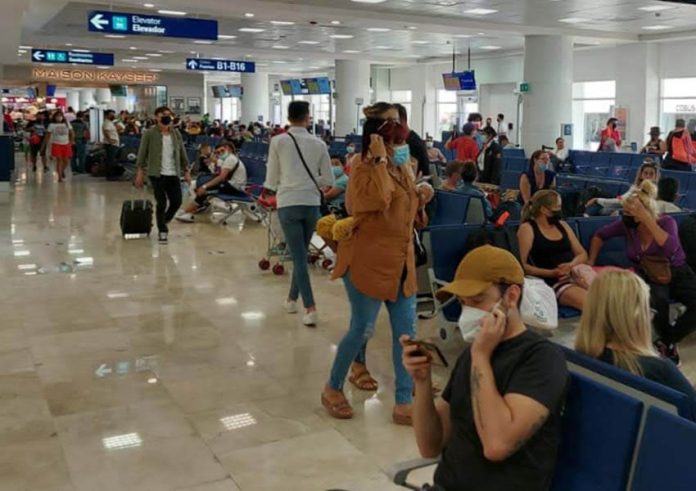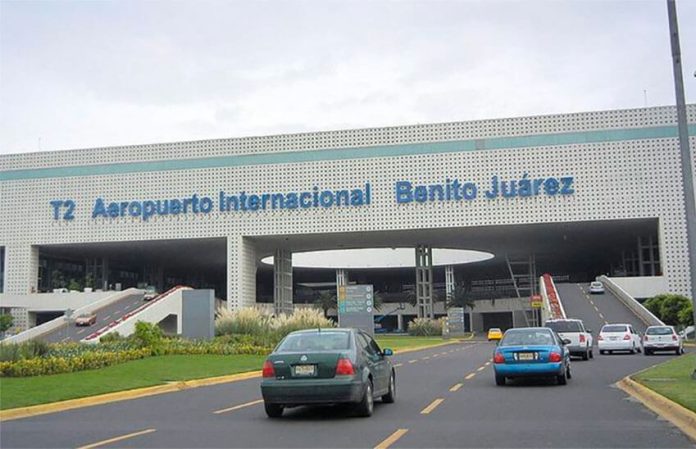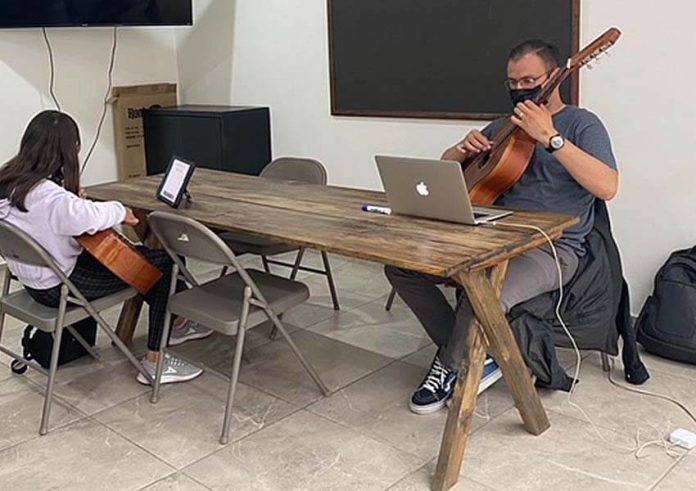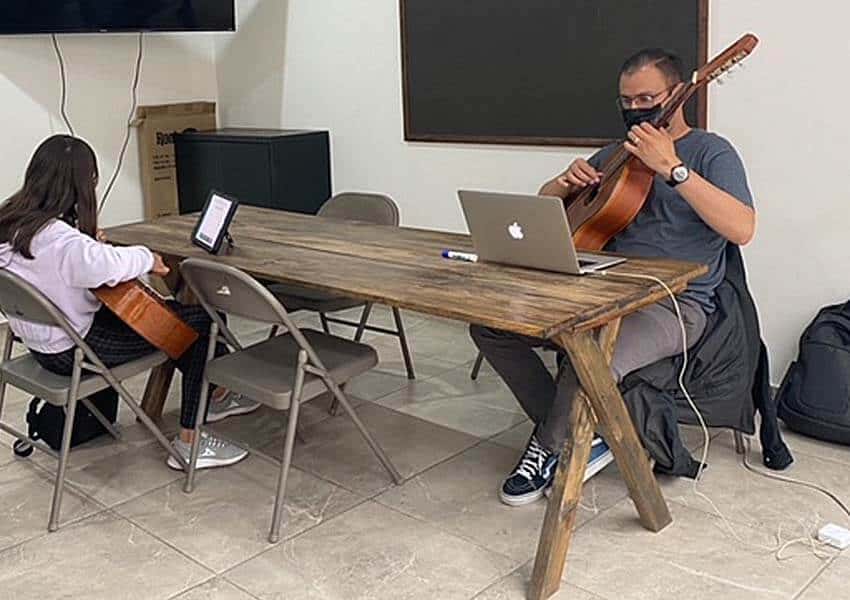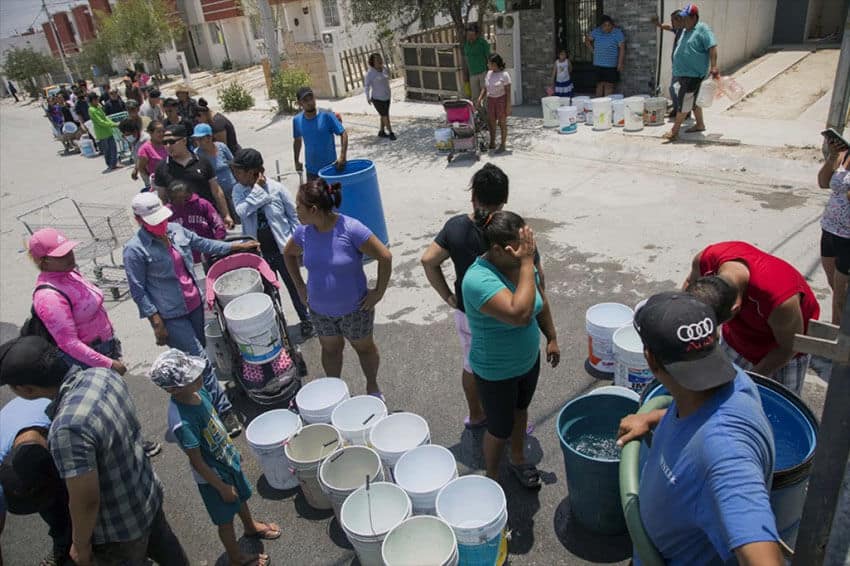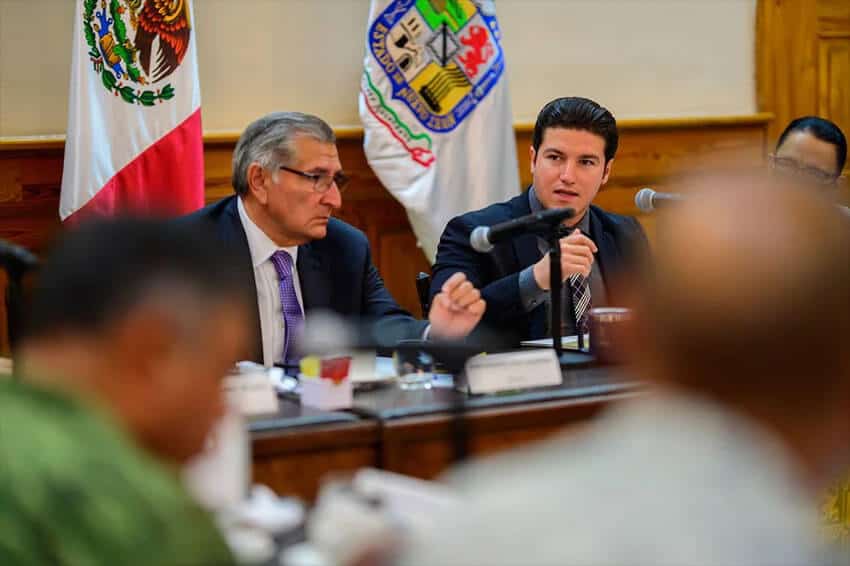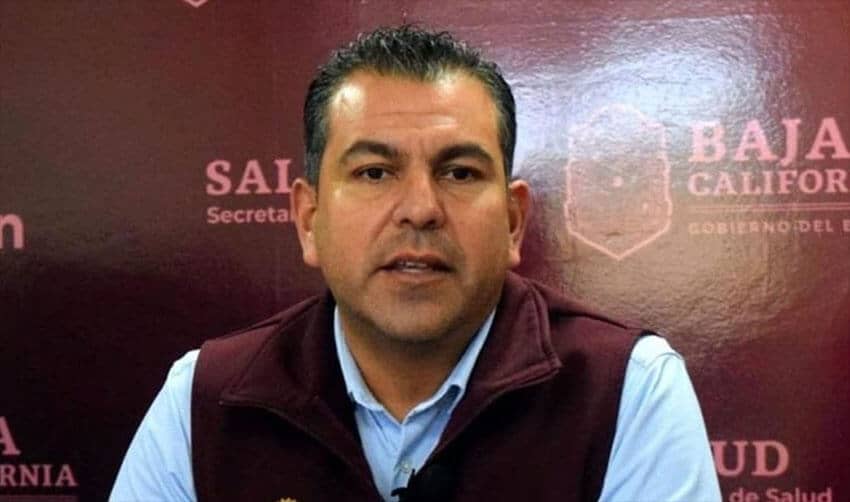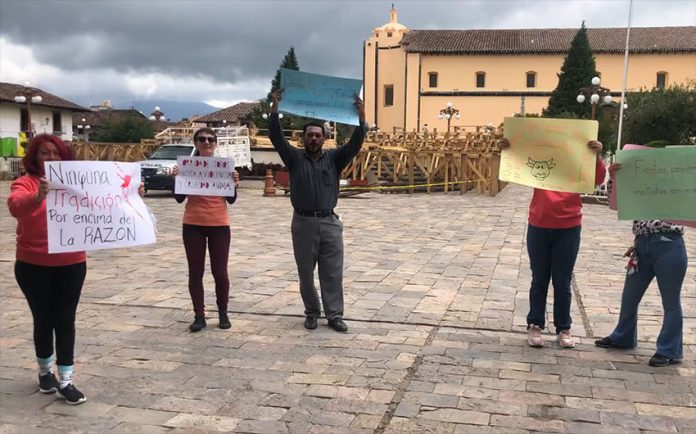Twenty-four public transit drivers and two transport association leaders have been murdered in Guerrero during the past four months, according to a count by the Milenio newspaper.
Milenio reported Tuesday that murders of drivers and the torching of public transit vehicles have occurred in seven municipalities including Acapulco, Zihuatanejo and Chilpancingo. There hasn’t been a single arrest in connection with the crimes, it added.
Rogelio Hernández Cruz, the leader of one transport association, told Milenio that organized crime groups are responsible for the offenses committed against drivers.
“Maybe our sin is to go into neighborhoods” controlled by crime groups, he said. “… We’ve been victims of kidnapping, extortion and many other things. We’re a sector that is highly coveted by organized crime.”
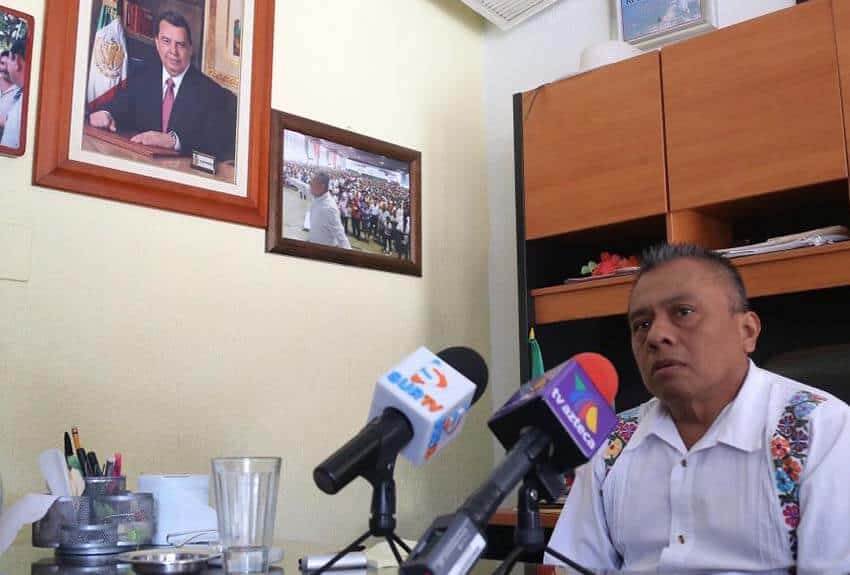
According to Guerrero authorities, attacks on public transit drivers are in part motivated by crime groups’ desire to control the industry. They also say that the public transit sector’s failure to give in to threats and support such groups in their fight against state and federal authorities is a factor.
“This is the main cause, the main reason why crimes against public transport [operators] have increased in the state,” said Ramón Celaya Gamboa, a senior official with the Guerrero Attorney General’s Office.
He said that authorities continue to investigate crimes against transit drivers, asserting that no cases have been shelved. The official noted that a range of crime groups operate in Guerrero and could be responsible for the wave of attacks on drivers.
“The Sinaloa Cartel is spoken about, the Jalisco [New Generation] Cartel is spoken about, but its presence hasn’t been corroborated. However, there are factions confirmed to operate in Acapulco, the Sierra Cartel, … Los Tlacos, small cells of Los Ardillos,” Celaya said.

Hernández said he didn’t know of a single case in which justice has been served for the murder of a transit driver, and criticized authorities for not doing more to prevent such crimes.
In Zihuatanejo, many taxis and public transit vans suspended service in early July due to violence against drivers and threats made by organized crime. Criminals have also targeted other sectors of the Guerrero economy, such as fresh food markets in state capital Chilpancingo, where eight people with links to the chicken industry were killed in the space of a single week in June.
Guerrero was the eighth most violent state in the first six months of the year with 688 homicides, according to federal data presented last month.
With reports from Milenio

